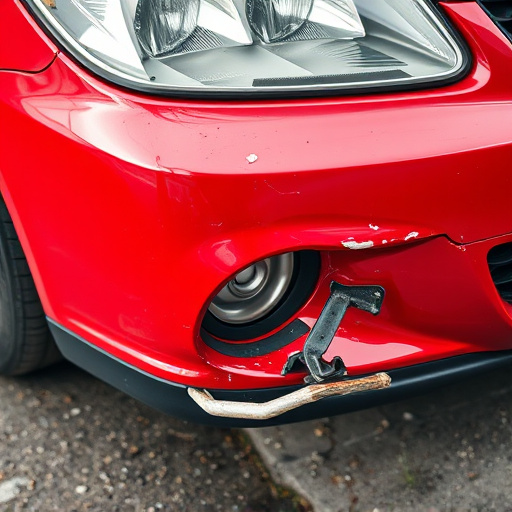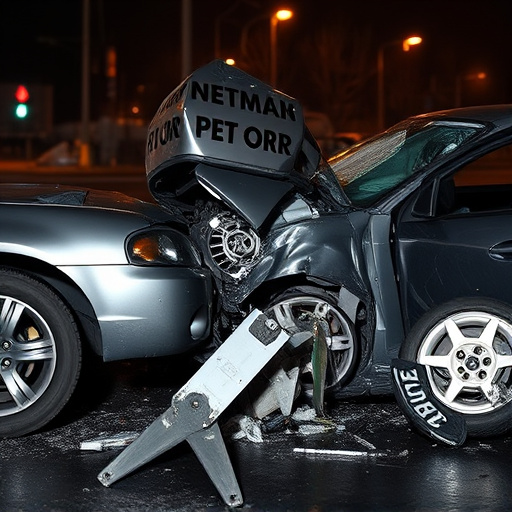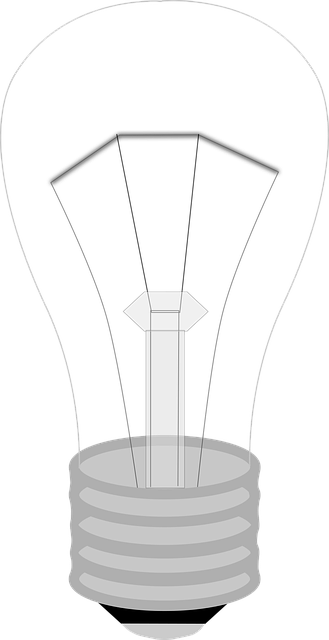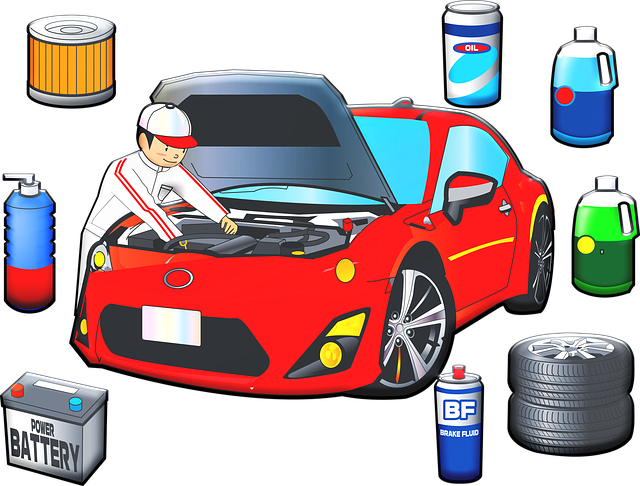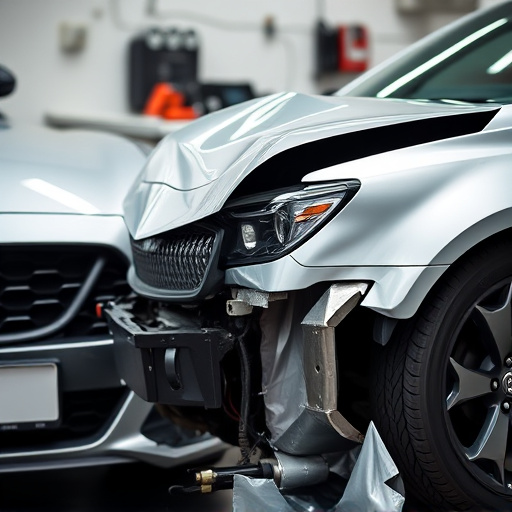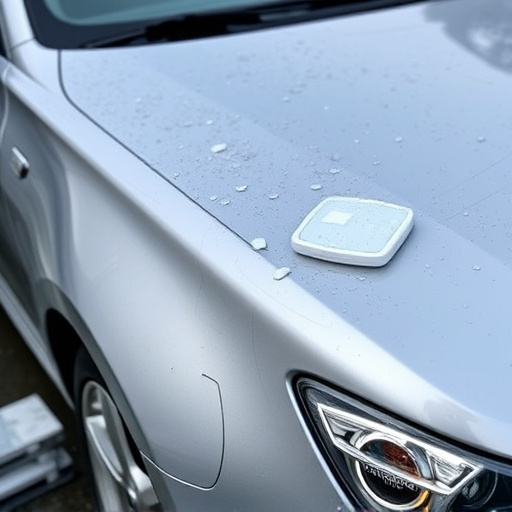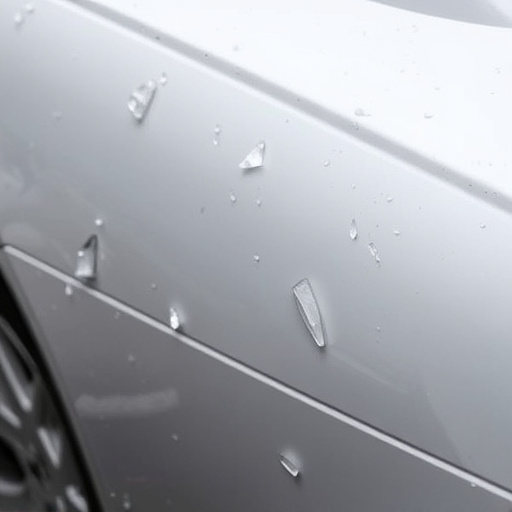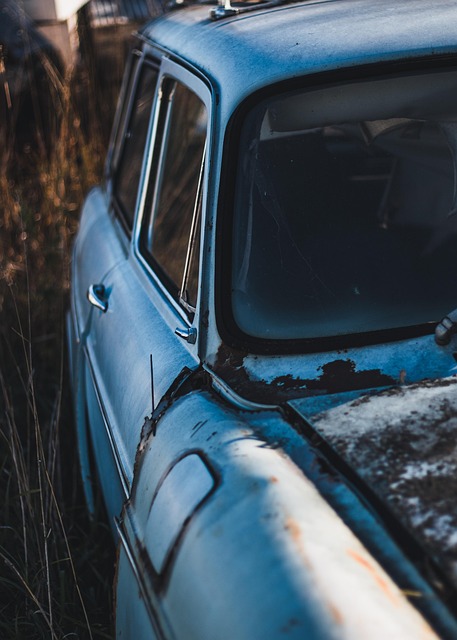Pearl finish restoration is a specialized auto body service addressing decay from environmental factors, wear and tear, or everyday use, resulting in scratches, nicks, chips, and discoloration. Skilled technicians use advanced tools like professional-grade sandpaper and pearl finish restoration kits to achieve flawless results, preserving the original beauty and extending the lifespan of the coating. The process involves careful inspection, sanding, cleaning, masking off surrounding areas, applying pearl finish polish with a dual-action polisher, and buffing until desired results are achieved, following manufacturer's curing instructions.
Discover the art of revitalizing your surfaces with a luxurious pearl finish! This comprehensive guide delves into the world of pearl finish restoration, addressing common degradation issues that can mar its flawless appearance. We equip you with essential tools and techniques, ensuring a meticulous process for achieving a perfect pearl finish. From understanding the material’s intricacies to following step-by-step instructions, this guide is your roadmap to restoring and enhancing pearl finishes effectively.
- Understanding Pearl Finish and Common Degradation Issues
- Essential Tools for Achieving a Perfect Pearl Finish Restoration
- Step-by-Step Guide to Restoring a Pearl Finish Surface
Understanding Pearl Finish and Common Degradation Issues

Pearl finish is a unique and elegant coating that has been a popular choice for both automotive and decorative applications due to its lustrous appearance and durability. However, over time, this finish can suffer from various forms of degradation, impacting its aesthetic appeal and protective qualities. Common issues include scratches, nicks, chips, and discoloration, which can result from environmental factors such as exposure to UV rays, chemical fumes, or everyday wear and tear. These damages can be particularly noticeable in vehicles, especially those involved in car collisions, where the impact may cause significant damage to the pearl finish.
In the realm of auto body services and collision repair centers, understanding these degradation issues is crucial for effective pearl finish restoration. Skilled technicians employ specialized tools and techniques to mitigate the effects of damage, ensuring a seamless and restorative process. By addressing these problems promptly, they can preserve the original beauty of the finish, enhancing its longevity and maintaining the vehicle’s overall aesthetic value, even after a car collision repair.
Essential Tools for Achieving a Perfect Pearl Finish Restoration

Achieving a perfect pearl finish restoration requires a keen eye for detail and the right tools to get the job done effectively. Essential tools for this meticulous process include professional-grade sandpaper in various grit sizes, starting from coarse to fine. This allows for precise removal of imperfections, whether it’s smoothing out rough surfaces or eliminating subtle dents, commonly known as dent removal procedures.
In addition to sandpaper, a top-quality pearl finish restoration kit is indispensable. These kits often include specialized applicators, brushes, and solutions designed to enhance the car body repair process. Features such as non-runny formulas and fast drying times are key advantages, ensuring that the restoration work doesn’t take up too much time in a collision center. With these tools at hand, restoring a pearl finish to its former glory becomes more accessible, offering both lasting results and a satisfying transformation.
Step-by-Step Guide to Restoring a Pearl Finish Surface

Restoring a pearl finish surface involves a meticulous process that can bring back its original luster and elegance. Here’s a step-by-step guide to ensure successful pearl finish restoration.
First, inspect the surface for any damage or imperfections. This includes checking for chips, cracks, or scratches. Lightly sand the affected areas using fine-grit sandpaper to smoothen irregularities. Next, clean the entire car bodywork or surface thoroughly with a dedicated cleaner to remove dirt and grease. After cleaning, mask off surrounding areas to prevent overspray during the restoration process. Using a high-quality polish designed for pearl finishes, apply it in small sections with a dual-action polisher. Work in circular motions, gradually building up pressure as you go. Once a thin layer is applied, use a microfiber cloth to buff and achieve a smooth finish. Repeat this process until desired results are achieved, taking care to follow the manufacturer’s instructions for curing time between applications.
Restoring a pearl finish surface involves a combination of understanding the material, selecting the right tools, and meticulous care. By addressing common degradation issues and following a systematic approach, you can achieve a flawless pearl finish restoration. Essential tools such as fine-grit sandpaper, polishing compounds, and microfiber cloths play a crucial role in achieving this goal. With the proper knowledge and equipment, restoring pearl finishes can be a rewarding process that enhances the beauty of your surfaces.



